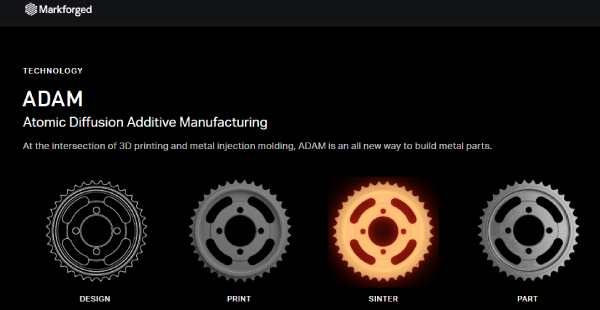It’s one thing to make little plastic models of cool stuff using a cheap 3D printer (which can be had for a couple hundred dollars). It’s quite another to see an industrial machine producing sintered metal parts strong enough for the most demanding building site.
But whichever machine you’re looking at, the principle is the same. 3D printing, more properly known as additive manufacturing, is an exciting technology because it makes prototyping fast, cheap and good (a rare combination of these characteristics,) and it can even deliver production pieces for custom designs at an almost comically low price.
The way most of us understand 3D printers is almost certainly in terms of the ones you’d like to get for your children: those things which take nylon filament and turn it into trinkets and models. Check out this Chevrolet LS3 Camaro engine, to get an idea of what’s possible. The astounding model in the video was printed on a machine which costs just over $200 USD.
Note that even these cheap devices can find a place in any manufacturer: think about your current prototyping process, how expensive it is and how long it takes to produce a prototype.
Now for the principle of 3D printing at scale. Check out vendor MarkForged’s Metal X printer, which combines metal (aluminium, steel, titanium) with nylon. It prints using common 3D printing practises and can in fact print the LS3 motor seen above, with patterns for this and a multitude of other objects available for free from Thingiverse.
When metal is the medium, there are a couple of additional steps after the print to complete the work: the object is first immersed in a solution to dissolve the nylon, then it is sintered to combine all the metal particles. The result is a precision object which, as you’ll see on the Metal X website, is up to 10 times less costly to produce than with a CNC machine.
Speaking of CNC machines, let’s look at the relative costings for setup. The Metal X (and bear in mind, MarkForged is not the only manufacturer of metal 3D printers) costs around $135,000 USD. I installed a CNC some time back which cost $75,000 USD, with another $40,000 USD for tooling and work holding.
This makes the 3D printer comparable. But where 3D outstrips CNC is in the complexity of producing a viable output. For the CNC, you’re going to need highly skilled people and it is potentially dangerous. For the 3D, any desk jockey capable of driving a mouse will be able to produce just about any size or shape required.
If the penny hasn’t yet dropped, here’s why this is worth taking note of. For any custom sized windows or doors, you could just print it off. A production run of 1 using traditional methods would be so expensive as to be prohibitive; with a 3D printer, your customer can have it by tomorrow for a hundred dollars.
Especially as architectural customers look for unique designs and more choice, 3D printing offers the ability to cost-effectively meet that demand. Odd shapes, going around corners and far longer than traditional extrusion lengths? No problem.
And what about the fixings to keep those weird and wonderful windows in place? No need to worry; just print the fastenings directly after creating the frames themselves. It is a one stop shop for the detailed, complex and unusual. And because it is an ‘on demand’ delivery, there’s no problem with future requirements: a frame is destroyed in an accident or a storm rips the fixtures out? Print more.
In summary, it’s a great idea to get additive manufacturing on your radar. It could open exciting new avenues, where small batch runs can be produced at a very low cost for custom brackets, splice plates or corner splice plates. And just like the introduction of CNCs changed the industry, your specialists are likely to find plenty of other interesting ways to use this technology.
Here’s a detailed presentation of the capabilities of MarkForged’s Metal X.

